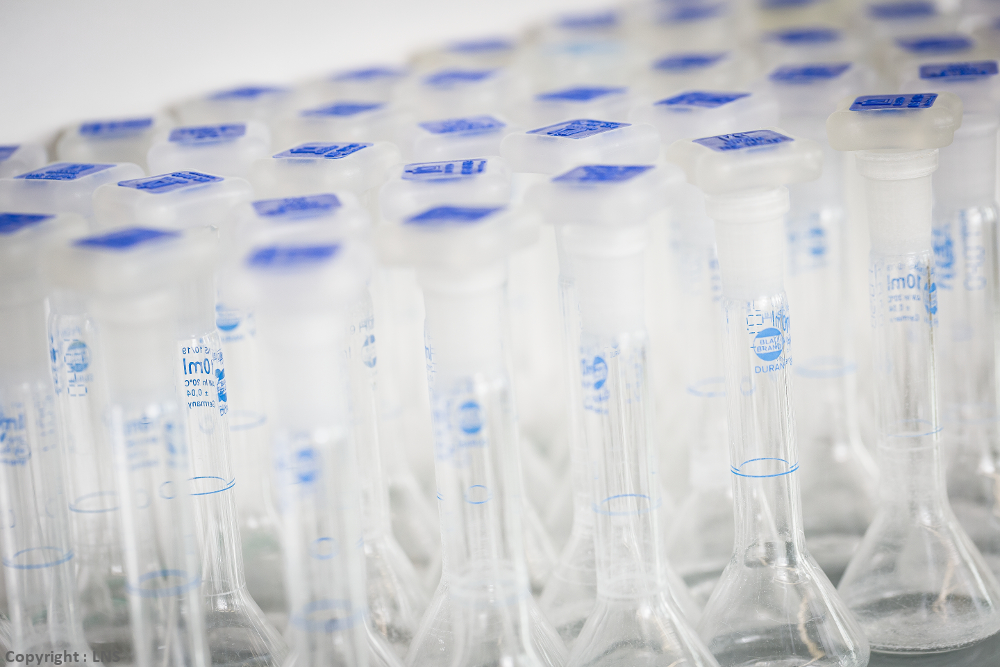Authors: Quick-Weller J, Tritt S, Behmanesh B, Mittelbronn M, Spyrantis A, Dinc N, Weise L, Seifert V, Marquardt G, Freiman TM
Abstract
Objective
The course of malignant brain stem gliomas in childhood is rarely positive. Because of limited therapeutic options and potentially hazardous biopsies oncologist often relay on MRI diagnoses only for further therapy decisions. In this study we show that brain stem biopsies display a low morbidity rate and neuropathological assessment has a considerable impact on further treatment decision.
Methods
Within 18-months five children with brainstem symptoms and the radiological diagnosis of a malignant brainstem glioma, were identified. From this time point it was possible to analyze all samples with the 450 K methylome analysis. Other neuropathological techniques included classical histology with immunohistochemistry. Surgery was performed as biopsy, either microsurgical, frame-guided (Leksell), robot-assisted (ROSA) or navigated (BrainLab, two children).
Results
Mean age of the children was 7.5 years (range: newborn to 12 years). There was no biopsy-related morbidity or mortality. The mean number of taken samples was 12 (range: 1–25). Histologic diagnosis could be established in all children, however, 450 K methylome diagnosis was positive in only two out of five patients.
Conclusion
Despite the technically difficult biopsies, all specimens were sufficient for immunohistochemical diagnosis, however, 450 K methylome analysis could only be better established where multiple small samples were taken, instead of few larger ones. Based on the preoperative radiological diagnosis suggesting malignant brainstem glioma, all children would have been treated with combined radiation and temozolomid chemotherapy. Nevertheless, due to the availability of histology and molecular diagnostics, individualized therapy could be performed, preventing in two out of five children from unnecessary radiation and chemotherapy.
Journal of Clinical Neuroscience : Official Journal of the Neurosurgical Society of Australasia, 44 (2017), 254–59


